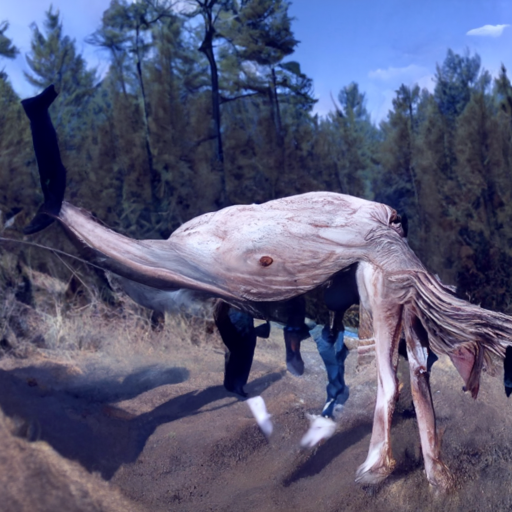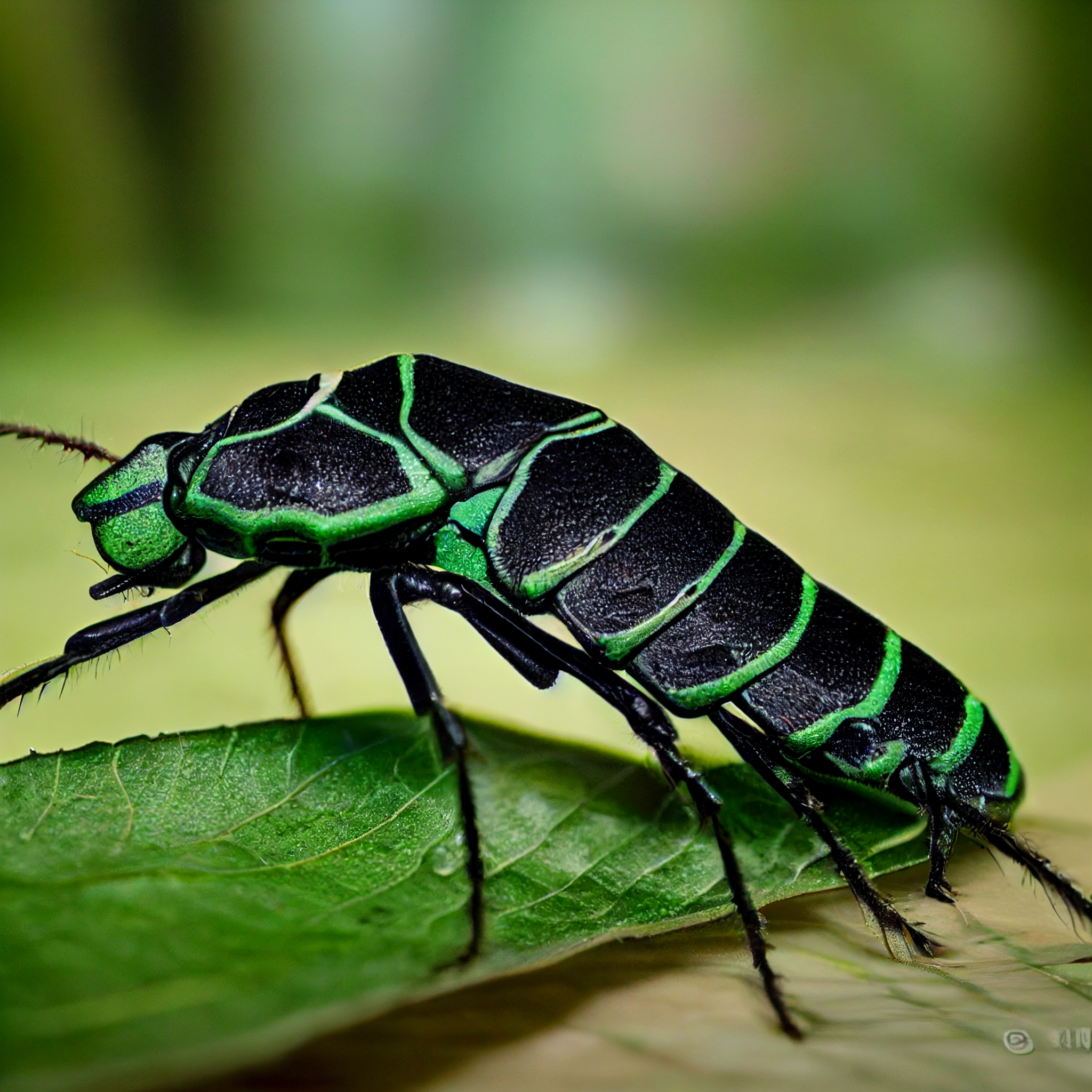

Not much is known about where avahis originated, but they migrate in large packs extremely quickly, typically along water-adjacent routes. Their small stature and nimble speed makes them difficult to track and their spiny exterior carapace provides an excellent defense against most would-be predators. If you see one avahi, chances are there are many more avahis nearby; they communicate quietly with hand gestures and whole-body movement.
Explore an endless universe of ficticious life on NovelGens.





